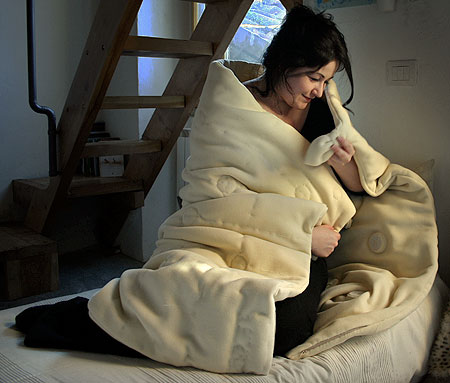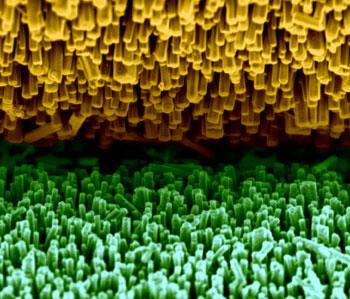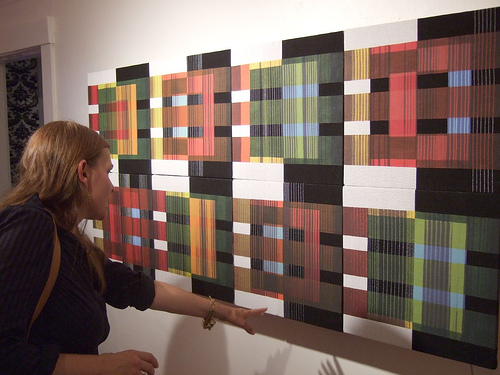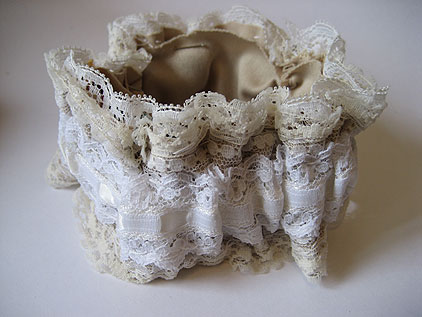 Dana Gordon and Alejandro Zamudio Sanchez designed Undercover blanket for the Droog exhibit Garden of Delight. The project is an ultra soft blanket that wirelessly connects to any music source in your home and plays a soundscape as it wraps around you.
Dana Gordon and Alejandro Zamudio Sanchez designed Undercover blanket for the Droog exhibit Garden of Delight. The project is an ultra soft blanket that wirelessly connects to any music source in your home and plays a soundscape as it wraps around you.
The act of wrapping yourself in sound is quite charming and calming. Even more charming are the volume controls integrated into the top corners that use a "tugging" gesture. Tug at them, much like you do when you try and pull the blanket closer to you, and it adjusts the volume. The speakers are also nicely integrated into the aesthetics of the blanket making them look much like traditional quilting buttons.
More photos of the project and the making of it found here via Danka's Flickr set.





